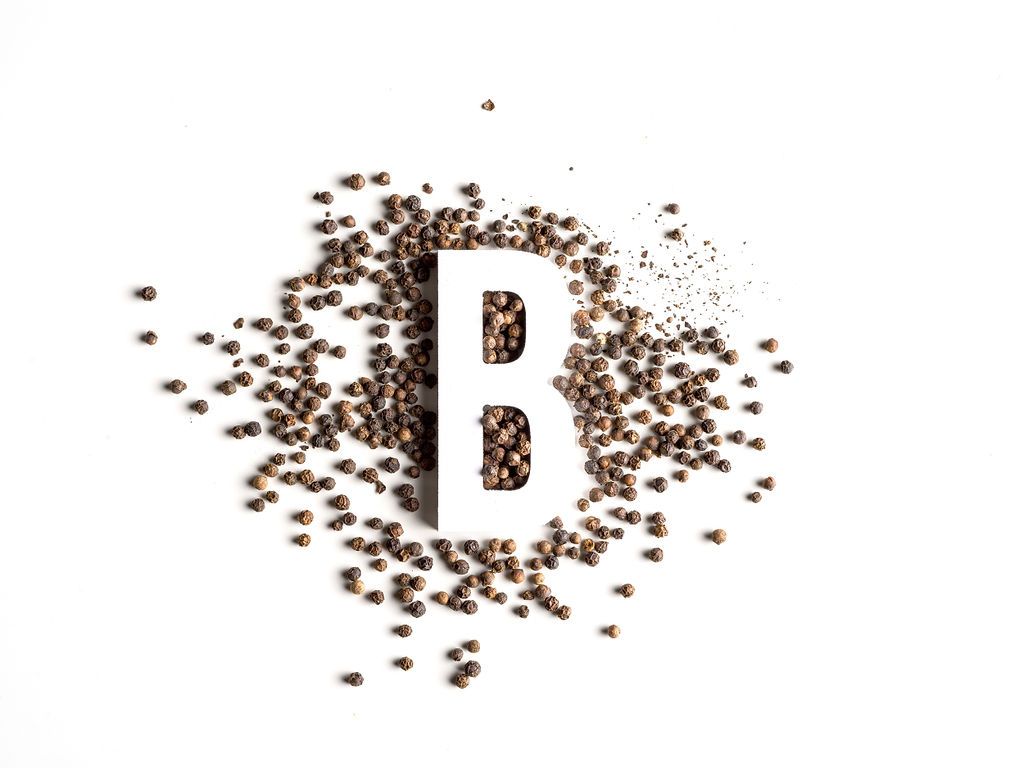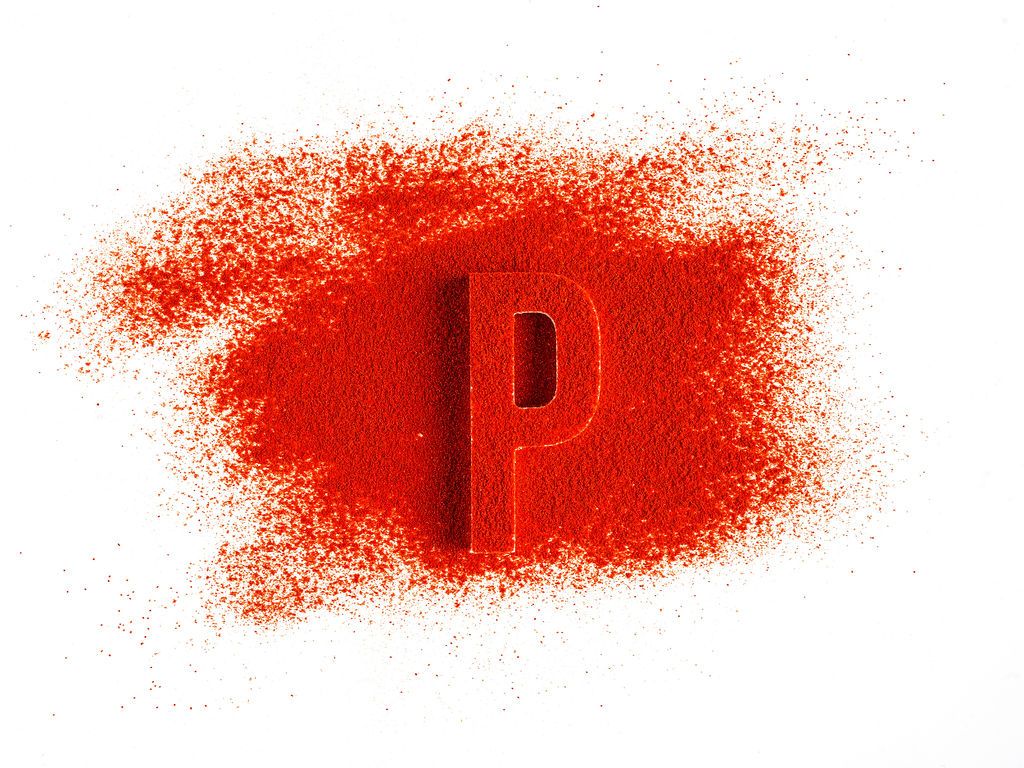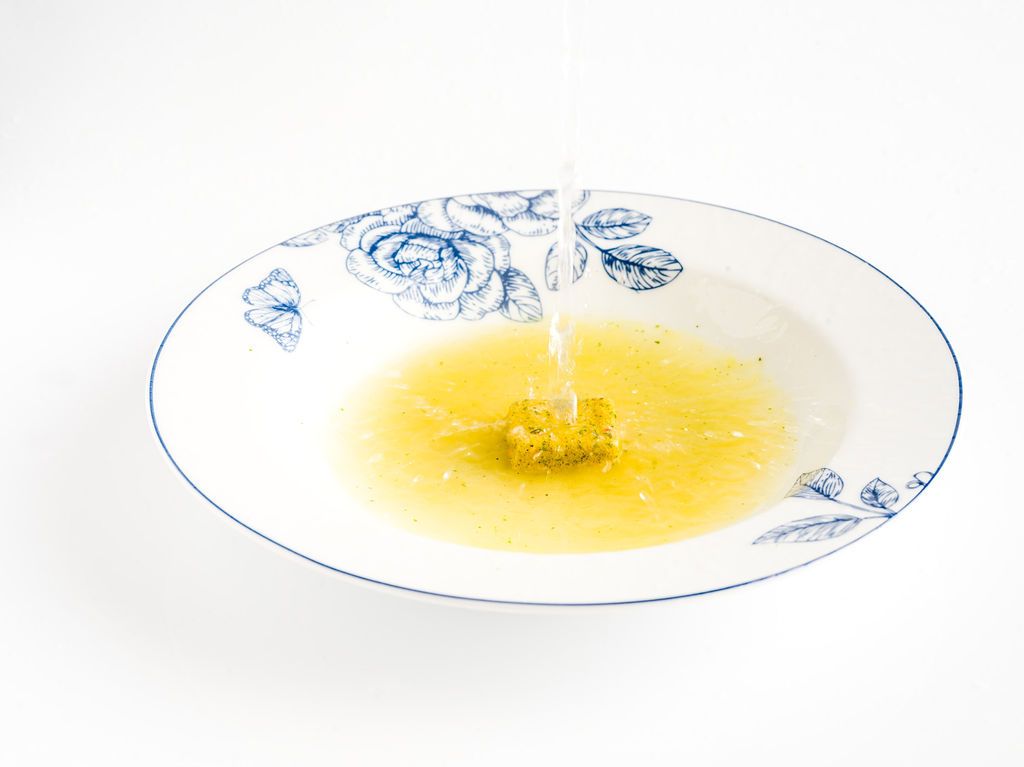Is there any Hungarian cuisine without the holy trinity of salt, pepper and paprika? Whether you like cooking or not, the answer is clear: no, there is not. But it wasn’t always like this—you might not think it, but a few centuries ago, ginger and nutmeg were more commonly used in noble cooking and fresh herbs in peasant dishes than black pepper. Then came the Turks, and with a big leap, the industrialization, and the scarcity economy, so that by the 20th century, the Vegeta and the soup cube, which we grew up with, got a firm place in the kitchen. Let’s spice up the final episode of our Büfé series!
It is no exaggeration to say that the power of plants was already discovered by prehistoric man. By gathering and drying different varieties, they created prehistoric recipes for medicines and teas. In ancient Egypt and Mesopotamia, there are numerous records of the use of spices, including those buried in tombs, but Hippocrates also distinguishes more than 200 varieties in his written records. Thanks to Roman legionaries, it spread across the continent, and one of the first known cookbooks, Apicius’ collection, included parsley, peppercorns, mustard seeds, garlic, thyme, aniseed, among others. As the Silk Road was built in the Middle Ages and the gateway to the fabulous East opened, all of Europe could enjoy the fiery aromas of ginger, saffron and cinnamon. However, there was a dissonance as their use was also linked to pagan rituals. For this reason, it was banned in Christian cultures until monks began to cultivate medicinal herbs for various infusions and for animal keeping. As trade boomed, Arab and Asian spices were valued in gold and the wealth of a noble family was measured by how much went into the food. The discovery of America brought not only sugar or potatoes and corn to the continent but also paprika and vanilla.

Hungarian kitchens mainly used locally grown herbs, but in the time of King Matthias, for example, ginger and oregano were also used to flavor the dishes. In Renaissance gastronomy, the nobility’s menus mainly consisted of meat dishes, roasts or ragus, accompanied by various cereals, strictly white bread and wine. Spices were also believed to have digestive properties (for example, peppergrass to reduce bloating), which is reflected in the recipes—although it is true that much more fish was consumed than is the average today. However, during the Turkish occupation, the trade routes to the East were closed, and the main source of exotic spices ceased. We see the transformation of use even more in the 20th century, during the world wars: there were long-standing shortages of food and raw materials. Onions, paprika and tomatoes were available in relatively large quantities, making them easy to add to most dishes. They became a must in stews or goulashes, but they could also be used to make comfort food in the absence of meat. In addition, substitutes appeared—there was a great need for the food industry’s creativity, which led to an incredible increase in the production of additives and flavor enhancers.
A true classic, the Vegeta’s recipe was invented by a Croatian chemist, Zlata Bartl, in 1959. Its main ingredients are salt, dried spices, sugar and the ominous sodium glutamate, also known as MSG. Although it has been used in Asian cuisine for hundreds of years, even if not as an extract—it is the essence of umami, defined as the fifth basic flavor—it is also found in savory soy sauce, dashi, mature cheeses and mushrooms. Its appetizing, spice-substituting properties are used in countless products; for example, it is the heart and soul of instant soups. By the 1960s, Vegeta was known worldwide, and Hungarian households were no stranger to it. It became a staple, like the instruction to “sauté onions in a little oil”—we were surprised not by its presence but by its absence. (For example, I was an adult when I first came across cooked rice that hadn’t been mixed with it.) Once television cooking shows became popular in the 1970s, the use of the mixture became even more widespread, as TV chefs were not shy of using it either: it became just as everyday a staple as various jellies, aspics or preserves.

In the same way, the concept of soup cubes is built into the basic kitchen household. This ‘trick’ was invented in 1872 by Swiss businessman Julius Maggi when he realized that women working in factories simply didn’t have as much time and energy to cook as they used to. With his new product, he promised customers ‘one-minute soups’, which became, so to speak, an instant success. It has replaced the basic soup that took hours to make, at least in terms of taste, although it is true that it cannot compete with homemade soups in terms of physiological effect and complexity, and time was always a significant factor. He immediately found himself in competition with Theodor Knor, who was conquering the market with his instant soups at the time. These already contained dehydrated meat extracts—interestingly, Hungarian conquerors made similar soups by drying and powdering soft-boiled meat and then stored in canvas bags.
If we return to the classic spices, there are some brands in Hungary that are embraced by all generations and represent quality. One of them is Kotányi, founded in 1881 by János Kotányi, a true spice enthusiast. As a start, he launched a paprika grinding mill and his product was so popular that it reached Vienna. Before the world wars, he became an official supplier to the royal court, but the troubled times didn’t slow them down significantly; they even made enough for international export. Meanwhile, the Aryan regime laid eyes on the business, and the successor, Hans Kotányi, was deported to Dachau, but his widow and son escaping to England managed to regain ownership by the 1950s. In the 1980s, Kotányi had already established a foothold in Central and Eastern Europe, and the products of the Vienna factory are now virtually market leaders in Russia and are also popular in China.

For generations, the best friend of housewives (besides cookbook writer Ilona Horváth) is Horváth Rozi. Her spices have been around for decades in the most diverse kitchens— for example, I was recently packing in my grandmother’s cupboard and found ginger powder from the early 2000s. But the brand goes back even further: the eponymous Ilona Drozgyik, born in Tolmach, was nicknamed Rozi by her later husband. When she was young, she was a talented draughtswoman, so she became a porcelain painter, then a technical draughtswoman, and finally an architect. But her husband, a surgeon, was called by the service to Algeria, and she followed him, where she not only learned French but also became fascinated by the rich world of African spices and even mastered the tricks of cooking. They moved home in ’74, along with the aromatic spices. Following a conversation, one of her husband’s friends asked her to join Compack as a research developer and later a PR manager. The company’s Dutch owners saw potential in Ilona’s knowledge of the ingredients, so they launched a new spice brand in the country under her name in ’93. TV programs and interviews have promoted her, and the rest is history: in 2003, she was voted one of Hungary’s 50 most successful women, and her products are still very popular. Although the company was since acquired by Kotányi, the two brands still operate independently. However, new entrants are constantly appearing on the market, for example, the Lucullus range by Szilasfood is gaining more and more space on the shelves.

So there’s plenty of nostalgia in what we grab when preparing a dish, as memories of childhood and familiar flavors from long ago inevitably come to mind, and so we instinctively seek those out. Even though the world has opened up and thousands of spices from around the globe are at our fingertips, Chinese spices still remain just gingerbread mix. Even though we know that freshly picked herbs have little competition, we all keep a few of the above brands at home, ‘just in case’.
Photos: László Sebestyén | Web | Facebook | Instagram
Source: Boldog Kukta, Origo, MaNDA, Díszpolgár, Serious Eats

Slovakia—the possible innovation capital in CEE

These were the most expensive cities in the world in 2021










